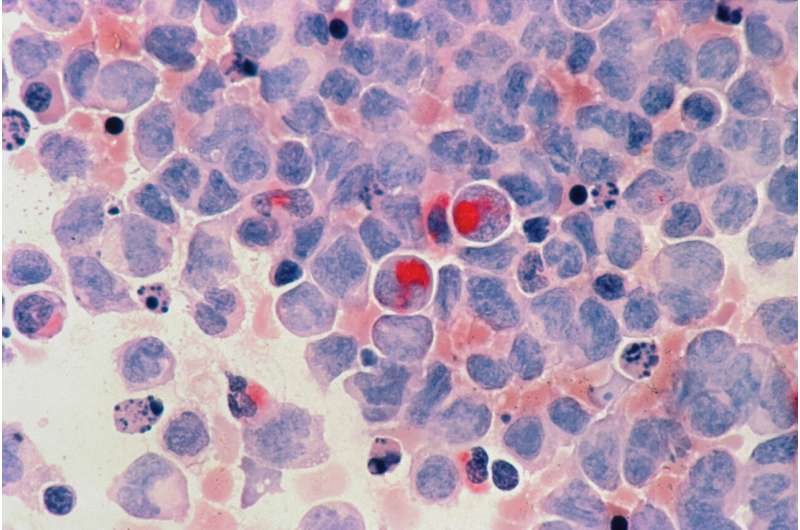Extended Diagnostic Delays for Children and Young People with Cancer Revealed by New Study

A new UK study uncovers significant delays in diagnosing cancer among children and young people, especially for certain tumor types and age groups, emphasizing the need for quicker detection efforts.
A recent study led by researchers from the University of Nottingham has highlighted concerning delays in diagnosing cancer among children and young people. The research, published in The Lancet Regional Health—Europe, focused on understanding the journey from symptom onset to confirmed diagnosis in this vulnerable population. The study examined data from 1,957 children and adolescents aged 0–18 diagnosed with cancer in the UK between September 2020 and March 2023.
The findings reveal that while demographic factors such as ethnicity, sex, and socioeconomic status do not significantly influence the time to diagnosis, certain tumor types and age groups are associated with longer diagnostic intervals. For instance, teenagers aged 15–18 experienced the longest median delay of 8.7 weeks, whereas infants under one year were diagnosed more swiftly, typically within 3.7 weeks. Among different cancers, bone tumors had the longest median diagnostic time of 12.6 weeks, while kidney tumors were diagnosed more quickly, averaging 2.3 weeks.
The study also observed that most children (74%) were diagnosed after one to three healthcare visits, with a substantial two-thirds (67%) being diagnosed in emergency settings. Children presenting with tumors such as Langerhans cell histiocytosis, bone tumors, soft tissue tumors, and brain tumors often required more visits before diagnosis.
These findings indicate that although healthcare access appears equitable across different demographic groups, certain cancer types and age groups face prolonged diagnostic journeys. The researchers emphasize that early diagnosis is critical to improve treatment outcomes, as untreated tumors tend to grow and spread more aggressively.
The study's insights aim to guide targeted efforts to reduce diagnostic delays, especially for adolescents and specific tumor types, aligning with campaigns like Child Cancer Smart led by the Children & Young People's Cancer Association (CCLG). The goal is to increase awareness among healthcare professionals and the public, fostering earlier detection and intervention.
Dr. Shanmugavadivel, one of the lead authors, has been appointed vice chair of the Children and Young People Taskforce at the Department of Health and Social Care. The taskforce aims to develop strategies to enhance cancer detection, treatment, and research, contributing to the UK’s National Cancer Plan. As Dr. Shanmugavadivel notes, leveraging this data will be vital in shaping policies that ensure faster diagnoses and improved survival rates for young cancer patients.
Source: Medical Xpress
Stay Updated with Mia's Feed
Get the latest health & wellness insights delivered straight to your inbox.
Related Articles
Single Dose of Antibiotic as Effective as Multiple Doses for Treating Early Syphilis, Study Finds
A new clinical trial reveals that a single injection of benzathine penicillin G is as effective as multiple doses for treating early syphilis, offering a simpler treatment option and potentially improving patient adherence.
Genetic Mutations and Cell Maturity Key Factors in Overcoming Treatment Resistance in Acute Myeloid Leukemia
Recent research uncovers how gene mutations and cell maturity influence treatment resistance in acute myeloid leukemia, paving the way for personalized therapies and improved patient outcomes.
Influence of Race and Ethnicity on the Risk of Peripheral Neuropathy
Research shows that race and ethnicity influence the risk of peripheral neuropathy, with Hispanic populations facing higher odds due to social and economic factors, highlighting health disparities and the need for targeted interventions.



